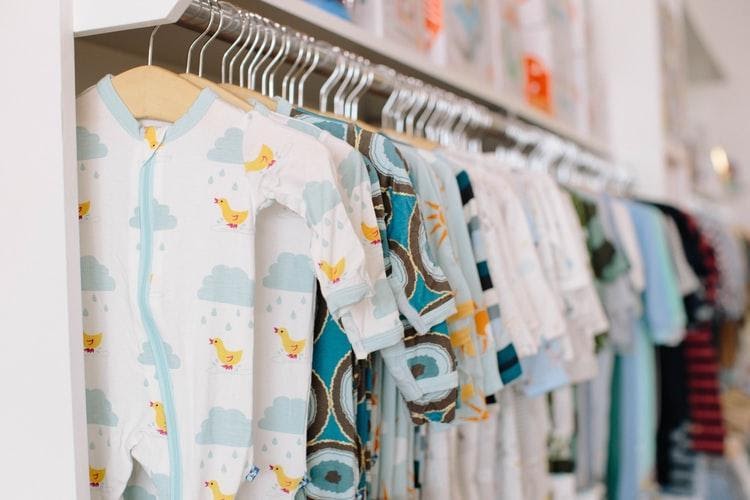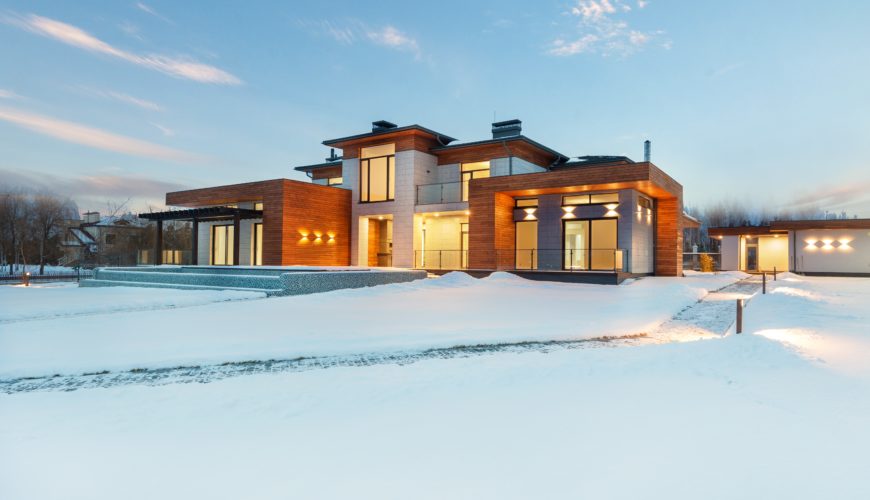Babies need outfits that bring comfort and safety. The sheer range of brands, styles, and fabrics is puzzling. Which outfit will be the best for your bundle of joy? Follow our guide to shop wisely.
Newborns grow fast, but they also have sensitive skin. Choose quality over quantity. There are plenty of stylish, comfortable, and affordable clothes online and offline. For example, cute clothes from The Trendy Toddlers will make your baby girl or boy look amazing and feel comfy in any season. Pay attention to these considerations.
1. Materials
Opt for natural materials. Cotton is an obvious choice, but you could also consider alternatives like soy-based azlon or rayon made of bamboo. All these fabrics are sustainable and gentle. Note that vividly colored materials may have fluorescent agents.
Expensive options like cashmere or silk are impractical as they are not stain-resistant. Steer clear of synthetic fibers like polyester or nylon — they may cause discomfort and skin sensitivity. Unlike natural fibers, they do not take up moisture, so there is no temperature regulation.
2. Safety
Did you know that millions of baby garments are recalled every year because of violations of safety standards? This is something no busy parent should overlook. There are two dimensions of possible hazards — choking and flames. First, steer clear of any models with buttons, bows, hooks, and other decorations. If you cannot do without them, make sure they are attached firmly. Waistbands and drawstrings pose strangulation hazards.
Sleepwear should be either flame-resistant or tight-fitting. This is especially important for babies between 9 and 14 months. At this stage, they are especially mobile. Snug-fitting clothes protect them from burns.
3. Size
Babies need comfortable clothes, but they also grow quickly. Thus, buying garments that account for the growth rate is sensible. Note that while the clothes have standard measurements, babies often fall in between sizes. For instance, a baby’s height may correspond to 3-6 months, while their weight matches the 6-9 months category. When in doubt, choose a bigger size.
Pay attention to the ease of putting on and taking off. Neither should require much effort or cooperation. Prefer zippers or snaps over buttons for the same reason. Think about the practical side of things — fanciness is irrelevant. Baby clothes should be easy to snap on and off.

4. Style & Functionality
Functionality trumps style, but you can find a balance between the two. newborns move around less than toddlers. As they spend most of the day sleeping, focus on comfort — for example, onesies, baby footies, a kimono bodysuit, etc.
Many parents feel tempted to buy fancy expensive clothes, but practicality is the first priority. What is the point of splurging on some fancy party garment that will only be worn once or twice? If your baby feels more comfortable in bodysuits, a sailor outfit makes little sense. Just pick a couple of items for special occasions.
Finally, consider the ease of washing. You need durable garments that will be easy to launder. After all, your baby needs to change clothes a few times per day — usually, after feeding or a diaper change. For the same reasons, wool and knitwear are hardly advisable.
5. Season
Obviously, the clothes you buy must suit the climate of your area. Parents should always think ahead when shopping. For instance, in the first months of the year, you should choose outfits for spring. Top online stores have detailed product descriptions, so you can see if the fabric is heavy or light.
Think About the Environment
Always plan ahead. Buying clothes your baby will not wear is a huge mistake. Millions of garments are discarded every year, a lot of them unworn. This is unsustainable and a waste of precious natural resources. Make thoughtful choices to make sure the new clothes bring delight.




